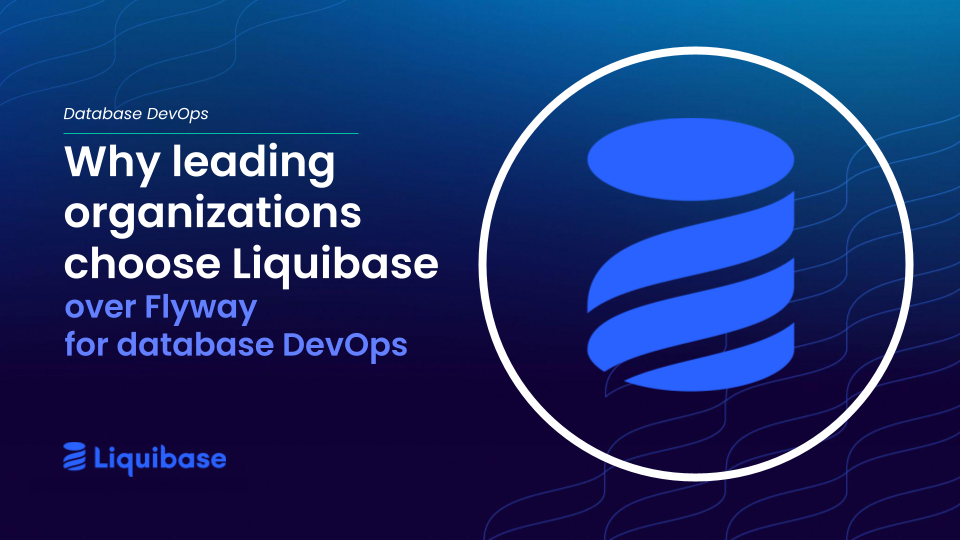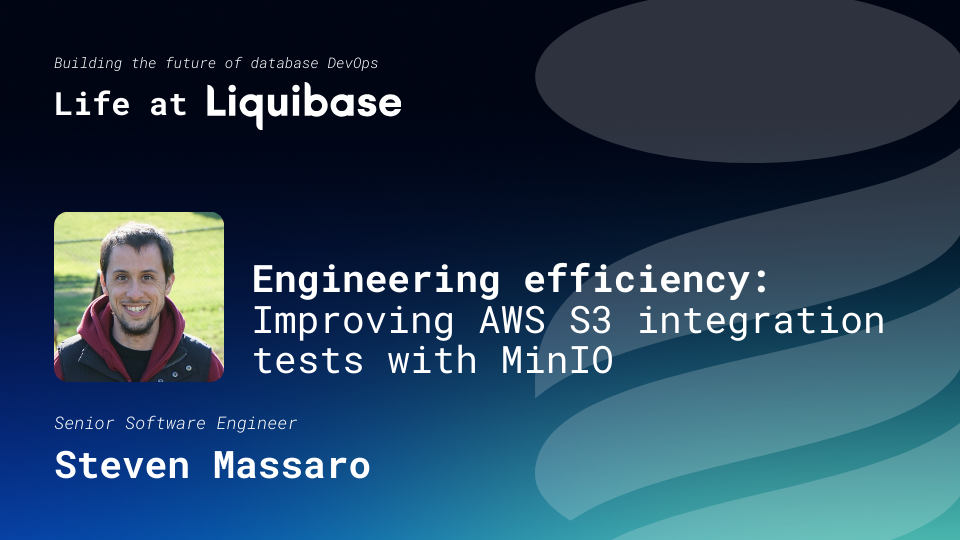May 24, 2019
A Patented Approach to Database Change

Patents are an amazing thing we (as a country) got right. The brilliant thing about the concept of patents is if you tell everyone how you figured something out, you get an exclusive right to the thing for 20 years. In return for sharing your knowledge and trade secrets, you get to be the only game in town.
We just shared our trade secret of database change with the world: United States Patent 10268709: System, method and computer program product for database change management. Check it out.
A Clever Approach to Database Change
Our approach to database change is simple. We’re able to take a database schema change and put it in a structured document (like XML). From there, we’re able to bring it into memory and query the database.
We get the results from our query and create another in-memory object model. We compare the two object models and Boom… this is how we’re able to forecast the potential impact of the change without actually making a change that could bring down your application or cause other unwanted results. We call it Forecast. All of this is done automatically, providing a truly autonomous database change experience.
SQL is not something that’s easily put into an in-memory object. This is what has made comparing difficult in the past. We patented the step to get it into a format that’s easy to compare and query.
You don’t have to wrap this in a transaction and push it on the server. You don’t have to parse this SQL and do a whatif around another shadow database. You don’t even need a different database. Datical has a way to put it in-memory as an object model and everything is cool.
This saves serious DBA time. We’re talking upwards of 70% of their time saved because they aren’t focused on manually updating change scripts for each environment.
A few tips if you want to patent your DevOps technology:
- If you’re thinking about a patent, start the process as soon as possible. (It can take a long time. We started our patent journey back in 2012.)
- File a Provisional Patent as soon as possible. This will give you a year to finalize claims for the patent filing and protects your IP early.
- Find a good lawyer. Reach out to members of the tech community that have recently filed patents to get their recommendations. Incubators and accelerators are good sources of lawyer recommendations.
- Look into fast-tracking your patent.
- Over-prepare for your patent examiner review. This is the one time you will be able to explain and make a case for your patent. Working with your lawyer on this is time well spent as they have seen many patent examiner reviews.
- Understand how filing a continuation works.
- Be patient. This is going to take a while.
Once you’ve got that patent approved, frame it. You’ve worked too long and hard (and you’ve jumped through too many hoops) not to celebrate.
.svg)
.svg)









